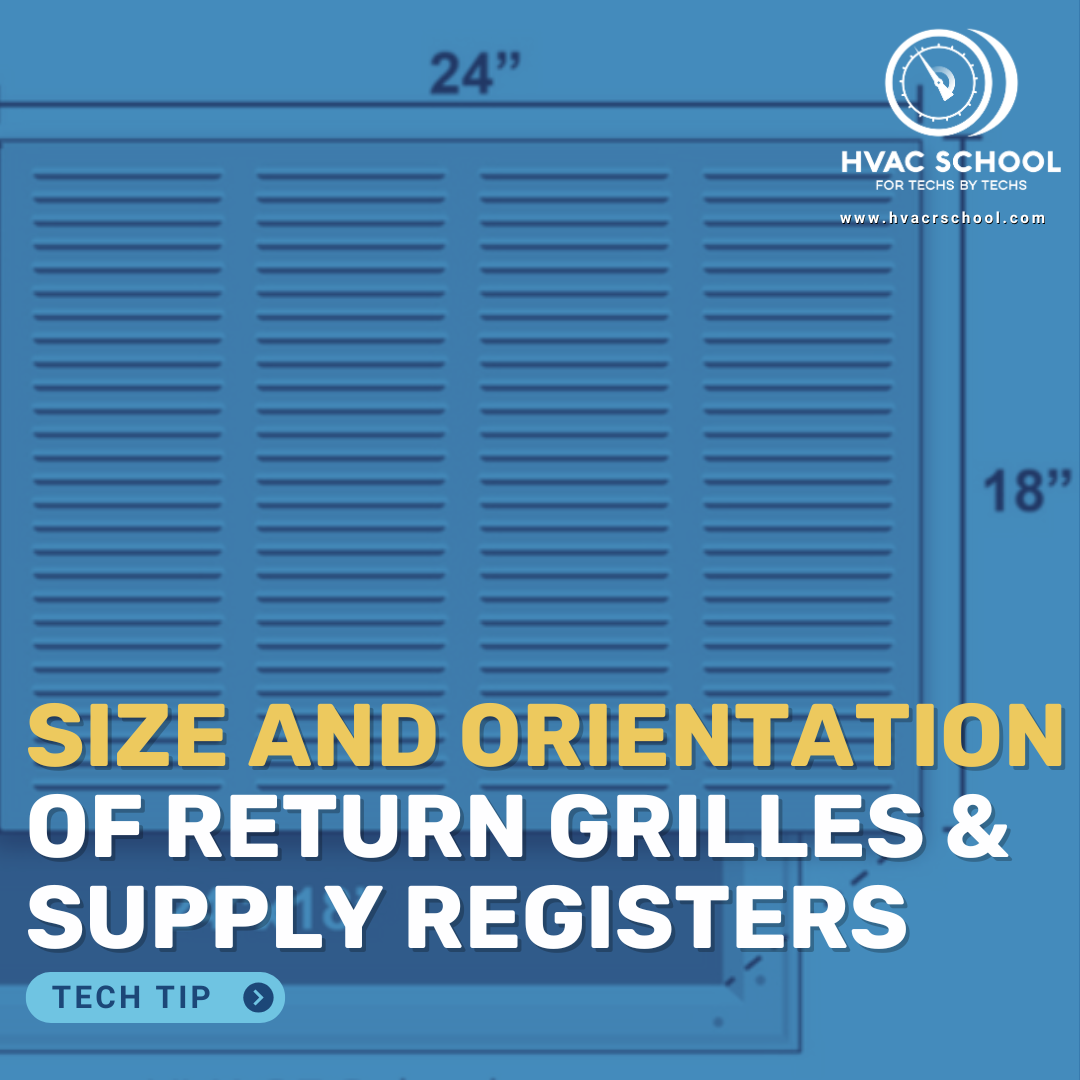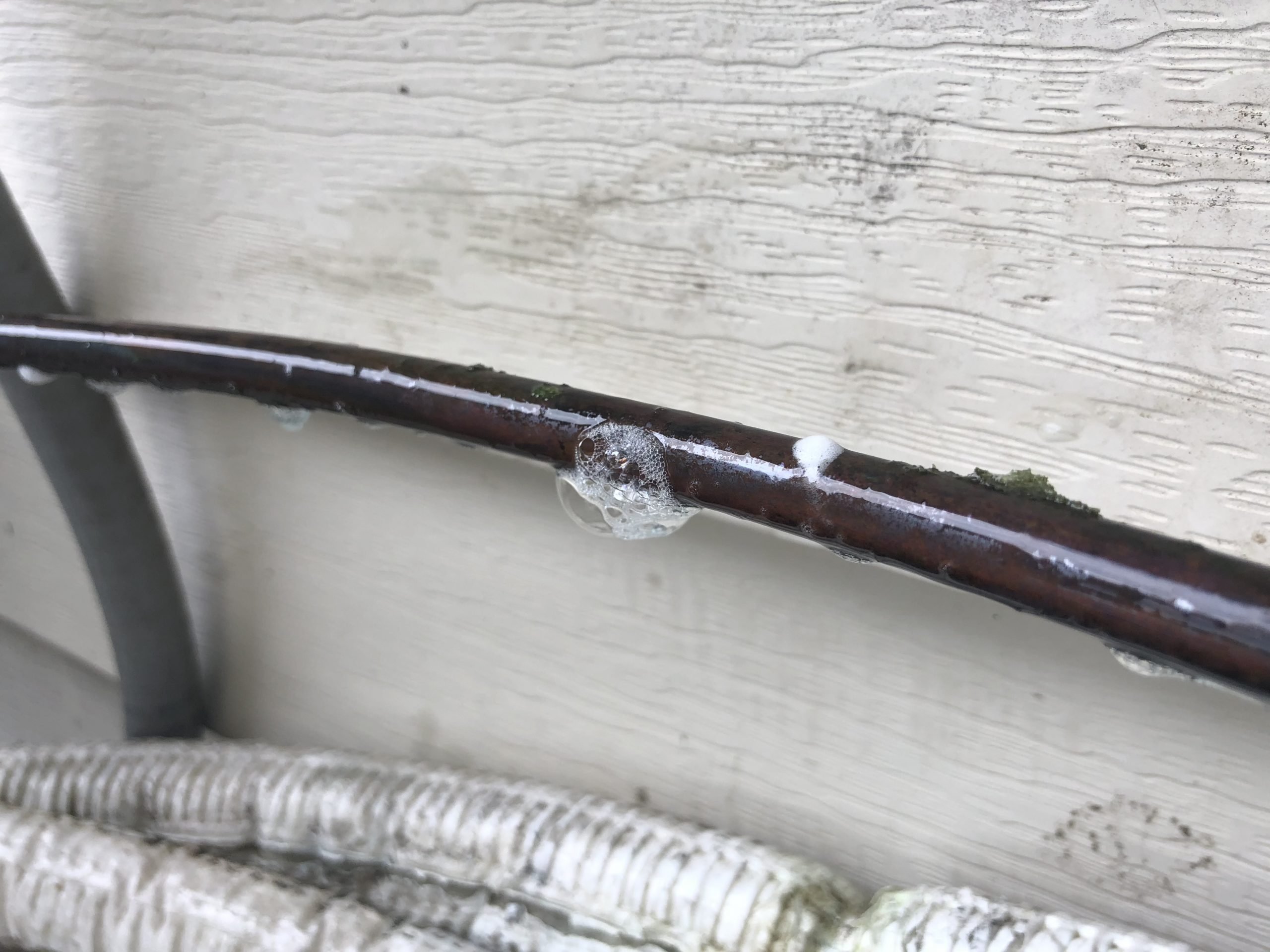Get Tech Tips
Subscribe to free tech tips.
Know the Limits of Subcooling

This article was written by RSES CM and excellent market refrigeration tech Jeremy Smith. Thanks, Jeremy!
I frequently see techs online struggling with charging or troubleshooting refrigeration equipment and using subcooling as a diagnostic or charging method. Please don't do this unless you understand it fully.
Many times, trying to charge a refrigeration system to a specific subcooling value will result in a serious overcharge.
Why?
Glad you asked. First, let’s look at a simple system and focus on the condenser, liquid line, and metering device.
As we condense the refrigerant and fill the liquid line and condenser, the metering device restricts flow somewhat, causing the liquid to back up into the condenser. (You can learn more about subcooling and the ‘stacking' effect in this video HERE.)
This ‘stacking’ effect, as it’s commonly called, allows more time for the liquid to be in the condenser and reject heat. That heat rejection is what results in additional subcooling. Adding more gas to this system will simply result in more liquid being stored in the condenser, more heat rejection from that liquid, and, consequently, an increasing subcooling value. That’s the system that you understand and that subcooling can be effectively used as a diagnostic and charging metric.
Now, let’s put a receiver in the system between the condenser and the metering device.
We’ve got liquid in the condenser, and it enters the receiver before the metering device. As the liquid line fills and the metering device starts to restrict as before, where does the liquid wind up? The receiver. It doesn’t wind up in the condenser where heat can be rejected, but rather in a tank to be stored. Now, if you’re measuring subcooling before OR AFTER the receiver, you’re not going to see a significant change in that value before or after we reach a proper charge.
If you continue to add gas to the system, it will continue to fill the receiver until that liquid backs up to the inlet port of the receiver. Now, you’re seriously overcharged because a receiver shouldn’t be more than 80% full, but the system can now back liquid up into the condenser and allow for the subcooling to increase.
When you have a receiver, you need to use either a sight glass or some form of receiver level monitoring to determine if your charge is correct and not just use subcooling.
—Jeremy Smith










Comments
I work in wholesale of refrigeration and A/C supply. I have some time in the field but not in refrigeration. I enjoyed this explanation on subcooling.
I work in wholesale of refrigeration and A/C supply. I have some time in the field but not in refrigeration. I enjoyed this explanation on subcooling.
So what is used to monitor the level in the accumulator then, and not all systems have a sight glass. So you told me what to be careful of and why but not how to actually solve the problem. How do you properly change the system then?
So what is used to monitor the level in the accumulator then, and not all systems have a sight glass. So you told me what to be careful of and why but not how to actually solve the problem. How do you properly change the system then?
More detail is coming on this in the next week
More detail is coming on this in the next week
Due to a failed positive displacement compressor, I recently converted a 2.5 ton Trane (split system with piston metering device) heat pump from R22 to MO99. In the process, I replaced the PD compressor with a 2.5 ton scroll compressor. The problem I’m having is that after bringing the evaporator temp above freezing by adding refrigerate (68 psi on the low side) the subcooling is now about 22 degrees instead of 15 degrees as per specs. My analysis leads me to assume the orifice size, (which was correct for R22) is too small for MO99, due to MO99 having a higher viscosity. (Superheat is also higher than specs, indicating overcharge) Do you think replacing the piston orifice with a TXV will solve the problem?
Due to a failed positive displacement compressor, I recently converted a 2.5 ton Trane (split system with piston metering device) heat pump from R22 to MO99. In the process, I replaced the PD compressor with a 2.5 ton scroll compressor. The problem I’m having is that after bringing the evaporator temp above freezing by adding refrigerate (68 psi on the low side) the subcooling is now about 22 degrees instead of 15 degrees as per specs. My analysis leads me to assume the orifice size, (which was correct for R22) is too small for MO99, due to MO99 having a higher viscosity. (Superheat is also higher than specs, indicating overcharge) Do you think replacing the piston orifice with a TXV will solve the problem?
To leave a comment, you need to log in.
Log In